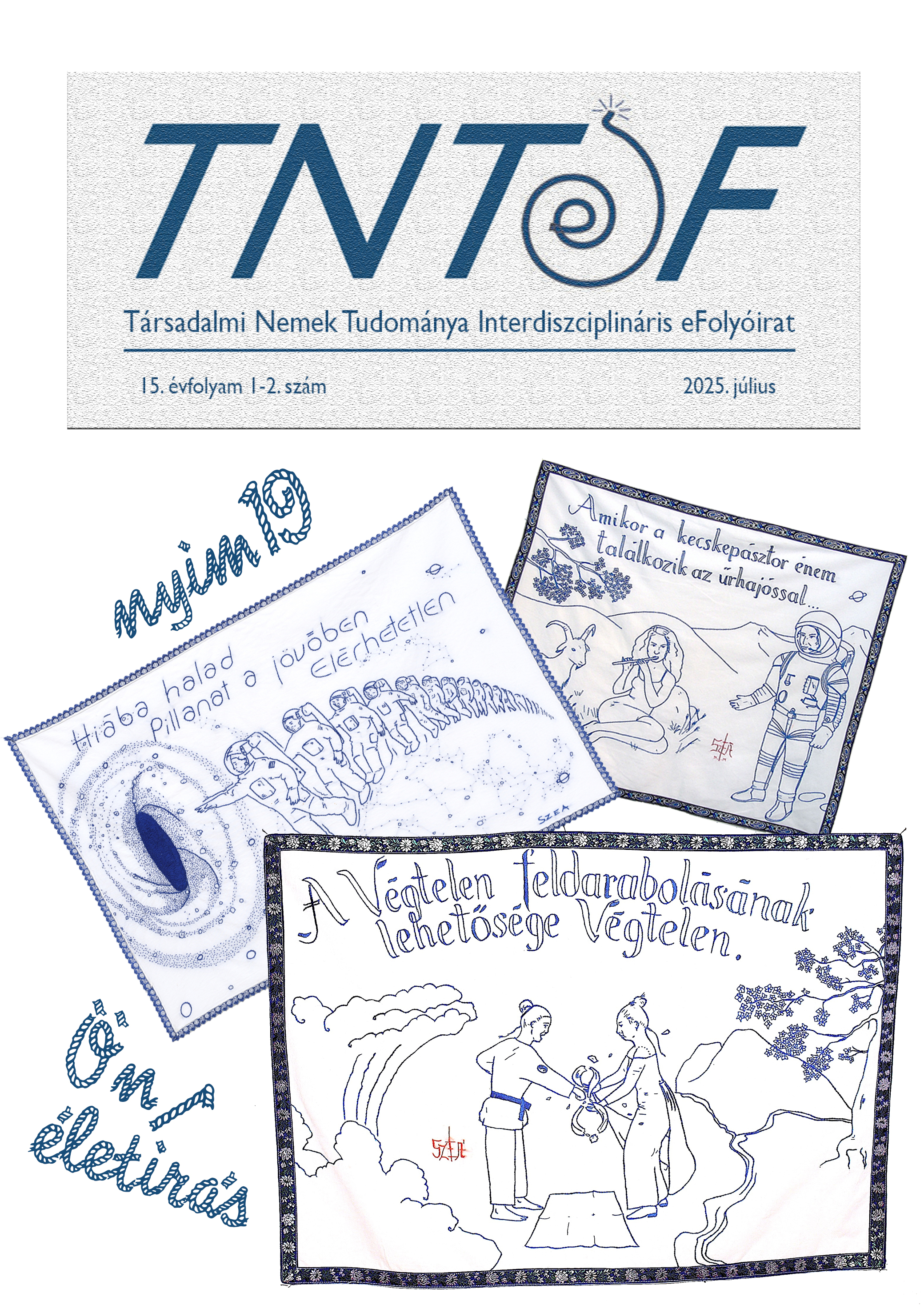Romani women's autobiographies and the Devotion to Mary on Textiles: Romani Design
Main Article Content
Abstract
Fashion is a cultural discourse developing a specific epistemological position. Fashion transforms dressing as a functional (non-meaning-creating) human activity (the protection of the naked human body from external influences) into an activity saturated with specific meanings, forms, and messages. In this discursive elevation, fashion brands play a decisive role with a power to shape identity. Romani Design is the world's first Roma fashion house, founded in 2010 by two Roma siblings. In the fashion industry and in their community-building activities (Berhida project), they have been operating a coherent Roma image-sign-system for more than a decade, which has both broken into the Hungarian world of high fashion and addressed the Hungarian community of Roma origin. It has formed a specific cultural identity that is not accepted by all. Romani Design designers incorporate traditional references into contemporary design to raise the social prestige of the Roma and provide an insight into Roma culture through fashion. Their 2021 ready-to-wear collection features a montage of images of the Virgin Mary, sacred objects and their own family photos on clothes and accessories. They have created their own ‘Romani Madonna’, which for them represents the Roma woman in the highest position, elevated among the saints. In place of the Virgin Mary’s face, they place their mother's or their own photos, thus promoting women’s emancipation. In my study, I examine how Roma identity and autobiography are incorporated into modern fashion design.

